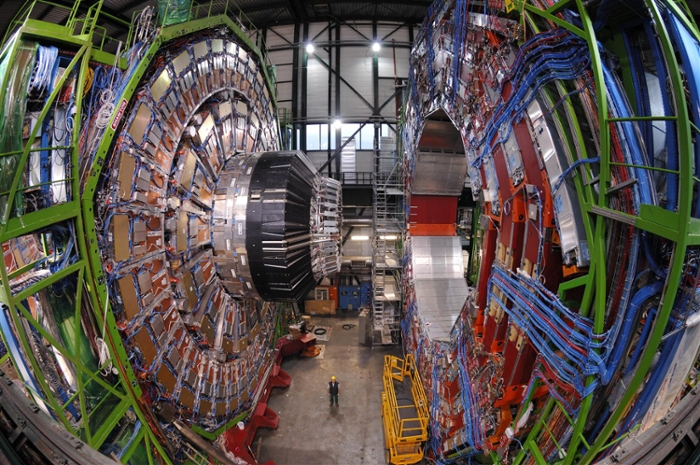World's largest particle accelerator goes live; Purdue Web site to share the action
10-04-2013
Author(s):

Physicists throughout the world will enter a new era of exploration as the world's largest science experiment began Wednesday (Sept. 10), and Purdue University scientists plan to bring high school students in on the action.
A Purdue team created a Web site to introduce the experiment and equipment to high school students, teachers and the general public. The site also offers an opportunity to ask questions and obtain more information from the group.
The site, located at http://www.physics.purdue.edu/particle/lhc, includes videos of experiments along with descriptions, photos and diagrams of the equipment. It also includes links to Web sites of the European Organization for Nuclear Research, CERN, which is responsible for the experiment. Links take students to a YouTube rap video about the project, live Web cams following the action, movies explaining the physics and blogs from students involved in the project.
The team includes physics professors Virgil Barnes, Daniela Bortoletto, Art Garfinkel, Laszlo Gutay, Matthew Jones, David Miller, Norbert Neumeister and Ian Shipsey, as well as postdoctoral research personnel, engineers, graduate students and undergraduate students.
The Purdue Particle Physics group is a major participant in the CMS experiment. The group has been in existence for 50 years and has been involved in discovering some of the fundamental building blocks of matter.
In collaboration with other universities and national laboratories, the Purdue Particle Physics group has made extensive contributions to the CMS experiment during the past decade. The group helped design and construct critical pieces of equipment for the experiment.
